Scientific name Mesophoyx Higher classification Heron Rank Genus | Family Ardeidae Mass Little egret: 310 g Phylum Chordata | |
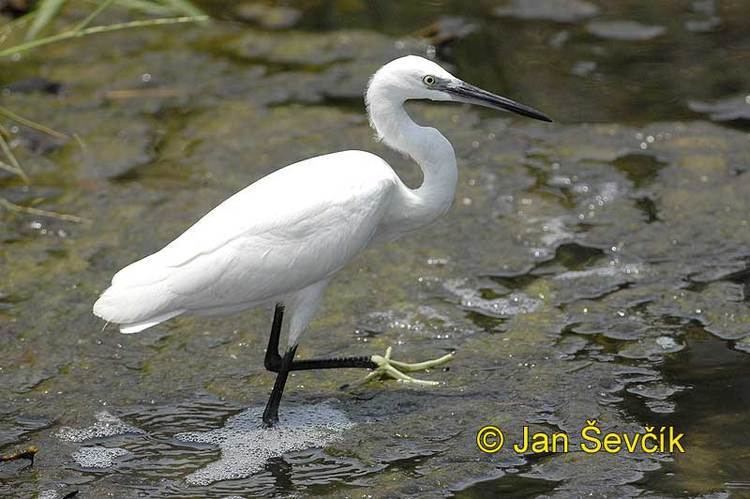 | ||
Lower classifications | ||
Reddish egret egretta rufescens birding tour isla de salamanca birds caribe
Egretta is a genus of medium-sized herons, mostly breeding in warmer climates. The genus name comes from the Provençal French for the little egret, Aigrette, a diminutive of Aigron," heron".
Contents
- Reddish egret egretta rufescens birding tour isla de salamanca birds caribe
- Tricolored heron egretta tricolor el paujil bird reserve
- Taxonomy
- Species
- References
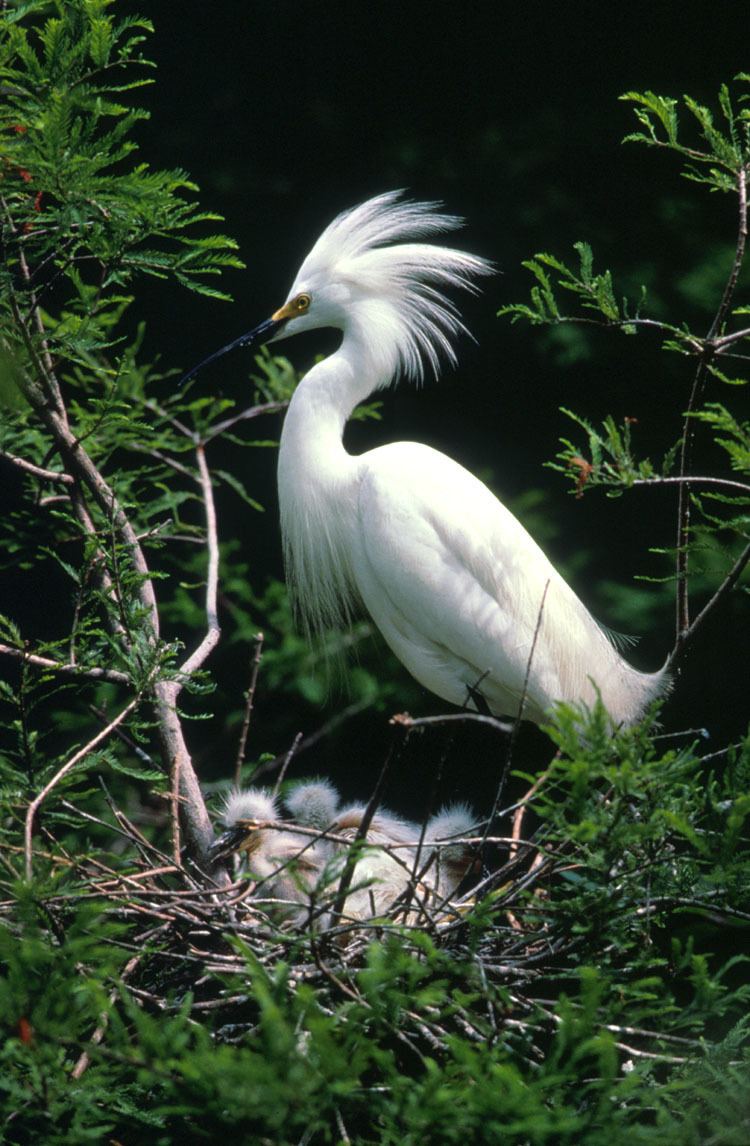
Representatives of this genus are found in most of the world, and the little egret, as well as being widespread throughout much of the Old World, has now started to colonise the Americas.
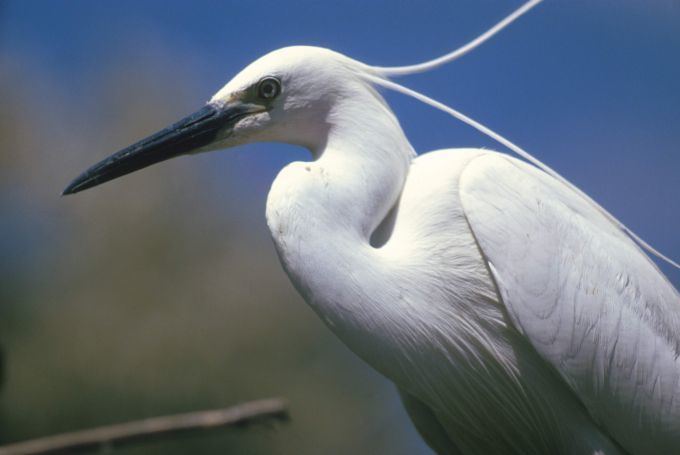
These are typical egrets in shape, long-necked and long-legged. There are few plumage features in common, although several have plumes in breeding plumage; a number of species are either white in all plumages, have a white morph (e.g. reddish egret), or have a white juvenile plumage (little blue heron).
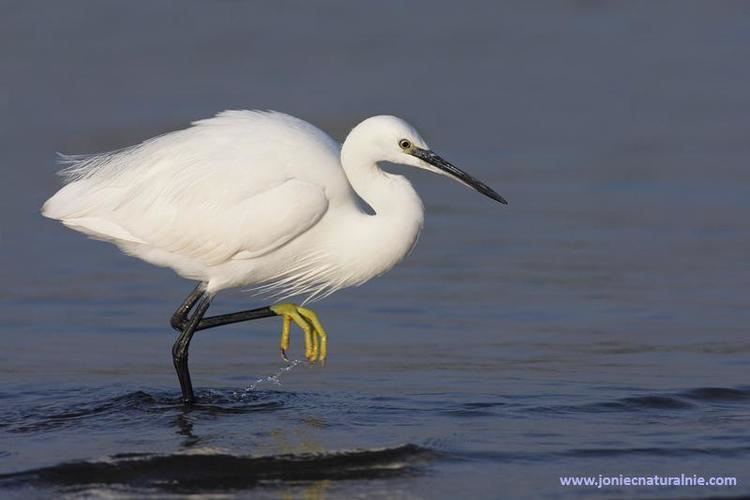
The breeding habitat of Egretta herons is marshy wetlands in warm regions. They nest in colonies, often with other wading birds, usually on platforms of sticks in trees or shrubs.
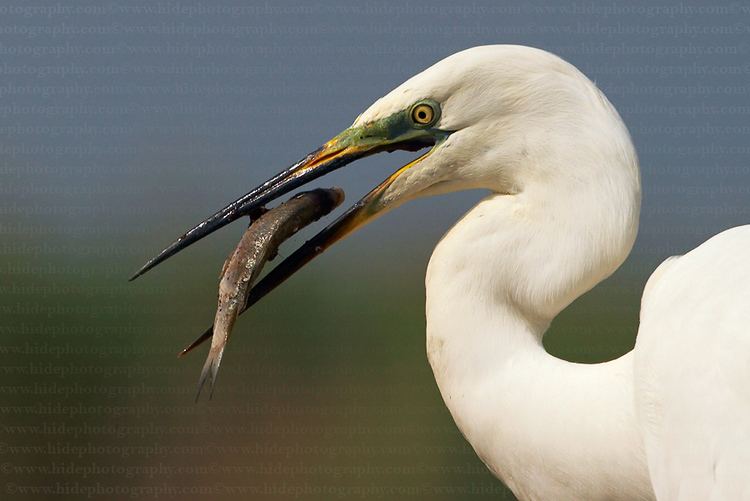
These herons feed on insects, fish and amphibians, caught normally by cautious stalking.
Tricolored heron egretta tricolor el paujil bird reserve
Taxonomy
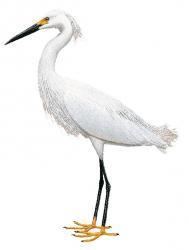
As with other heron groupings, the taxonomy of these birds has been a source of dispute. Some of these species have been placed with the great herons in Ardea, and conversely the large white species like great egret are occasionally allocated to Egretta.
The fact that some of the group are named "heron" and some "egret" has no taxonomic significance.
Species
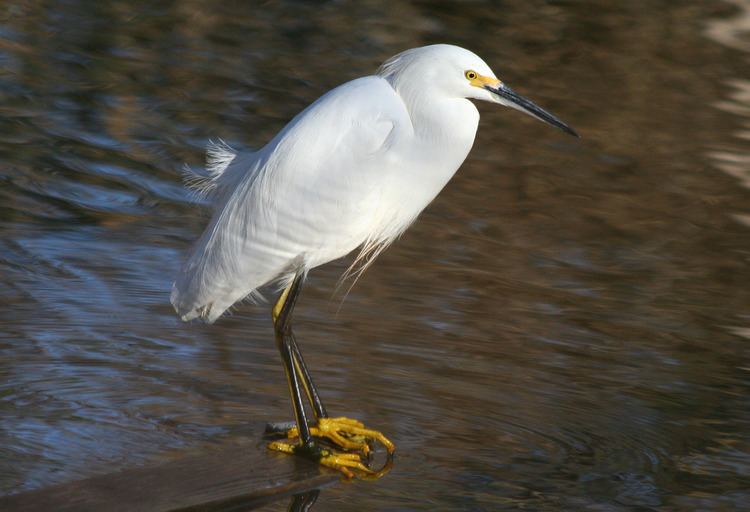
A fossil species, Egretta subfluvia, is known from the Late Miocene or Early Pliocene of Florida.
